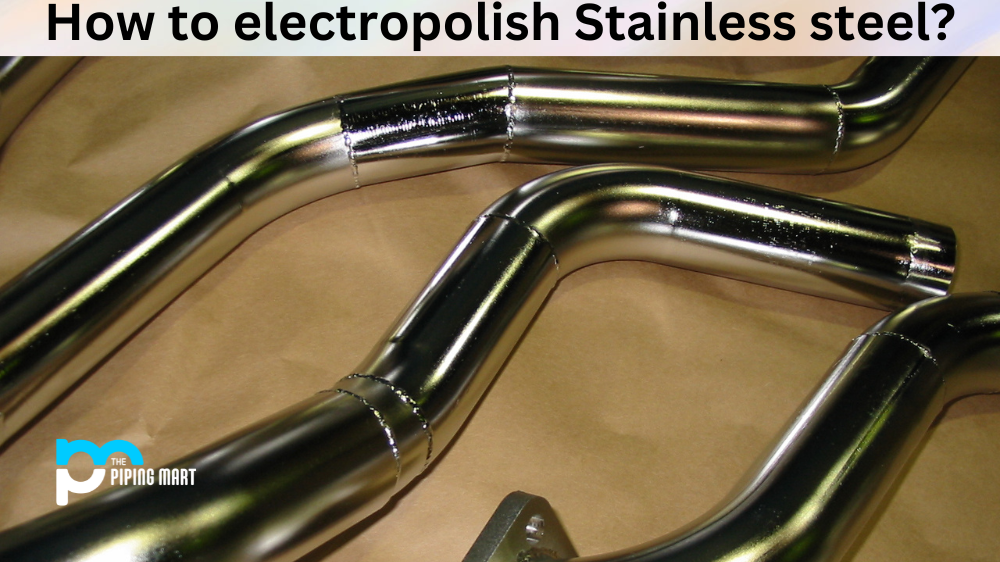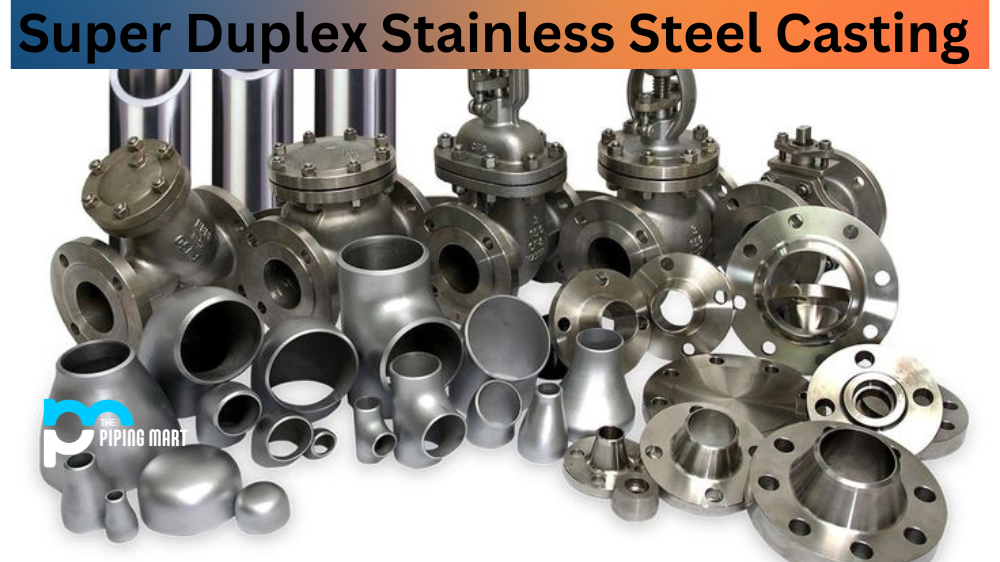When it comes to choosing the suitable aluminium alloy for your project, it can be pretty overwhelming, especially if you need to become more familiar with the different types available. Two of the most commonly used aluminium alloys are 5052 and 5005. While they are similar in some aspects, they have distinct differences that make them suitable for different applications. In this article, we will compare the two alloys and help you determine which one to choose for your needs.
Aluminium 5052
Aluminum 5052 is an alloy that contains 2.5% magnesium and 0.25% chromium. It is considered the best all-purpose aluminium alloy and is often used in the food and beverage industry due to its high corrosion resistance.
Aluminium 5005
Aluminium 5005 is an alloy that contains 0.8% magnesium and 0.4% manganese. It has good formability and weldability and is often used in the construction industry for applications such as roofing and siding.
Difference Between Aluminium 5052 and 5005
Chemical Composition
The first significant difference between Aluminum 5052 and 5005 is their chemical composition. Aluminium 5052 has nearly 3% magnesium, making it more corrosion-resistant and durable. Aluminum 5005, on the other hand, is a non-heat treatable alloy that contains less magnesium (less than 1%). While both alloys have excellent corrosion resistance, Aluminium 5052 performs better in harsh environments and is recommended for marine applications.
Strength and Weldability
Another distinguishing factor between Aluminum 5052 and 5005 is their strength and weldability. Aluminium 5052 has higher tensile strength than 5005 and is considered a stronger alloy. It also has excellent weldability and can be readily welded using various techniques. On the other hand, Aluminum 5005 can be challenging to weld and may require additional heat treatment to achieve satisfactory results.
Surface Finish
The surface finish of Aluminium 5052 and 5005 is another crucial aspect to consider. Aluminum 5052 has a brighter finish and is ideal for applications where aesthetics are essential, such as indoor architectural work. On the other hand, Aluminium 5005 has a duller finish and is preferred for outdoor applications, such as roofing and facades, where durability and weather resistance are crucial.
Cost
Lastly, the cost difference between Aluminum 5052 and 5005 is worth noting. Aluminium 5005 is more economical as it is less expensive due to its lower magnesium content. However, for applications that require superior strength, corrosion resistance, and weather ability, Aluminum 5052 is worth the investment.
Composition
The main difference between 5052 and 5005 aluminium is their composition. 5052 aluminium contains more magnesium, while 5005 aluminium contains more manganese. This difference in design gives each alloy different properties that make them suitable for other applications.
Corrosion Resistance
One of the most important properties of aluminium is its corrosion resistance. Aluminum 5052 has excellent corrosion resistance, making it ideal for use in the food and beverage industry. Aluminium 5005 has good corrosion resistance but is less pleasing than 5052 aluminium.
Formability
Another essential property of aluminium is its formability, which refers to its ability to be shaped into different forms. Aluminum 5052 has good formability, while aluminium 5005 has excellent formability. This difference is because 5052 aluminium contains more magnesium, which makes it more difficult to shape into different forms.
Weldability
Weldability refers to a material’s ability to be welded without cracking or breaking. Aluminium 5052 has good weldability, while aluminium 5005 has excellent weldability. This difference is because 5052 aluminium contains more magnesium, which makes it more difficult to weld without cracking or breaking.
Applications
The different properties of 5052 and 5005 aluminium make them suitable for other applications. 5052 aluminium is typically used in the food and beverage industry due to its high corrosion resistance, while 5005 aluminium is often used in the construction industry for applications such as roofing and siding due to its excellent formability and weldability
Conclusion
In conclusion, Aluminium 5052 and 5005 are excellent alloys with unique features that make them suitable for different applications. Aluminum 5052 is the better choice for marine applications, architectural work, and applications that require excellent weldability and durability. Aluminium 5005, on the other hand, is more affordable and is recommended for outdoor applications that require weather resistance. Consult a trusted aluminium supplier to determine which alloy best suits your needs.

Pipingmart is a B2B portal that specializes in metal, industrial and piping items. Additionally, we share the latest information and information about materials, products and various types of grades to assist businesses that are involved in this business.




